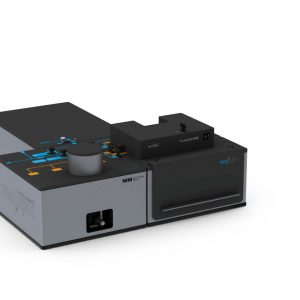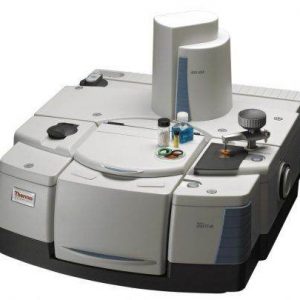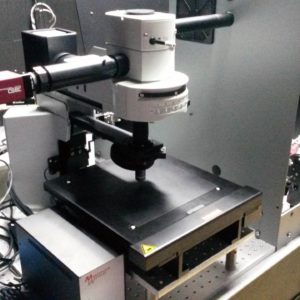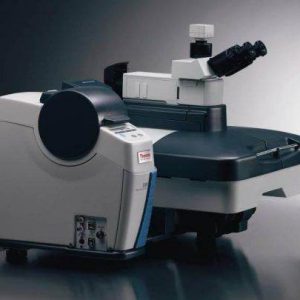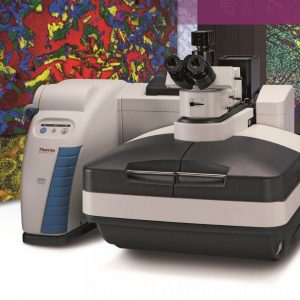- Application description
- FT-IR spectroscopy
- Raman spectroscopy
Due to the excellent physical, mechanical and optoelectronic properties of silicon nitride (SiNx:H) films, these materials are the subject of many studies and analyses. They are widely used, for example, in the automotive and aerospace industries, in the production of medical devices as passivation layers, interlayer insulators and gate dielectrics in modern semiconductor processes. Therefore, it is necessary to have a reliable method of analysis with which it is possible to monitor a whole range of parameters important for various properties of the resulting product.
FT-IR spectroscopy is a fast, reliable and accurate method of analysis, which makes it possible to obtain a whole range of information during a single measurement, from the chemical composition, the concentration of individual components, to the physico-chemical properties of the sample, such as e.g. conductivity.
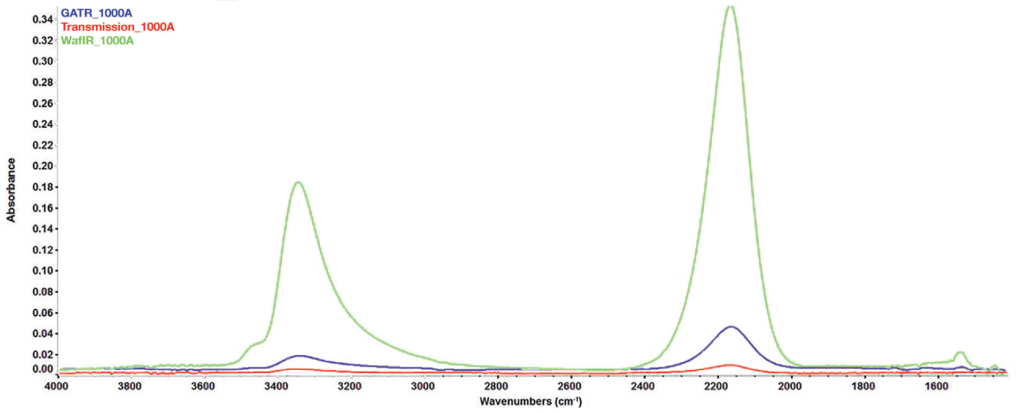
Measurement methods
Transmission is the most widely used FT-IR sampling technique for the analysis of thin films on semiconductor substrates, especially for films with a thickness above 1000 Å and analyzes where non-contact measurements are required.
For thinner films and analyzes that require higher sensitivity, you can gain a significant advantage of the attenuation angle of total reflection (GATR) over transmission. Figure 1 shows the FT-IR spectra of a silicon nitride film using transmission and two different ATR accessories with a Nicolet iS50 spectrometer. Spectra measured with the VariGATR™ and WafIR accessories show a 4.6- and 40-fold increase in signal intensity in the 2170 cm-1 band (Si-H vibration). However, the GATR technique is largely a destructive method because the measurement requires close contact between the sample and the germanium ATR crystal. The WafIR technique offers a significant improvement over VariGATR sampling by minimizing contact to only two points per sample, but its use is limited to double-sided polished (DSP) silicon samples.
The calculation of N-H and Si-H bond densities is performed based on the knowledge of the area and height of the film thickness strip, see Figure 2. For a reasonably symmetric band, the product of the absorbance and the full bandwidth at half height (FWHH) is a good approximation of the peak area. Film thickness is usually measured using ellipsometry. The film density is also required to calculate the hydrogen concentration. Since the density of Si and N cannot be obtained directly from FT-IR measurements, these values are often estimated from the Si-N bond density, determined from the refractive index, or calculated together with the mass density. There are multiple approaches to the calculation, each with their own advantages and disadvantages, but all achieve a satisfactory degree of accuracy.

